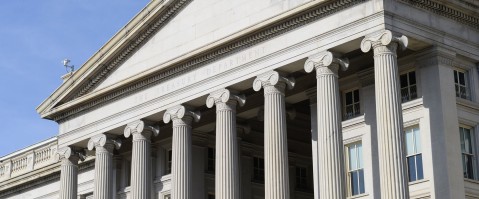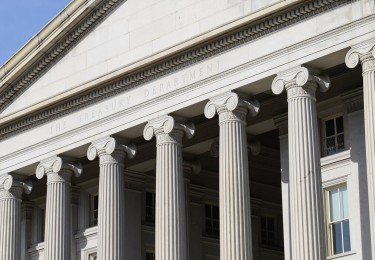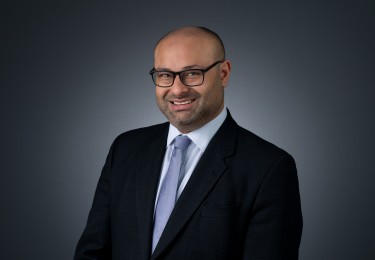
Global cooling: Step forward the central banks
As central banks prepare for slower global economic growth, we look at what it means for investors.
3 min read
Become A Client
When you become a client of Coutts, you will be part of an exclusive network.
This time last year, central banks were talking about rising rates and monetary tightening. Both the US Federal Reserve (Fed) and the Bank of England (BoE) were flagging rate rises for 2019, and the European Central Bank (ECB) announced that it was turning off the tap of its quantitative easing programme of bond purchases.
But now the mood is very different.
On Wednesday, 31 July, the Fed cut the US reference rate by a quarter of a percent to 2-2.25%, while the next day the BoE kept rates on hold and revised forecasts for growth and inflation downwards. Last week the ECB raised the prospect of re-starting its programme of quantitative easing. Even the Bank of Japan has been in on the action, saying that it’s ready to widen the band in which it sets interest rates by 20 basis points – essentially a 0.2% rate cut on government bonds.
So, what changed and what does this new dovish mood mean for investors?
Clouds on the horizon?
As Monique Wong, multi-asset investment manager at Coutts explains, central banks use monetary policy to manage economic activity. “Monetary policy is like central heating for central bankers. If they think the economy is cooling off, they’ll turn the dial up to get more money circulating as a way of warming things up.”
Lowering the base interest rate pumps more money into the economy by making it easier to borrow while at the same time making it less attractive to put money in the bank, encouraging people to spend or invest. Central banks can also release money stored in debt back into the economy by buying up bonds, a process known as quantitative easing.
“Monetary policy is like central heating for central bankers. If they think the economy is cooling off, they’ll turn the dial up to get more money circulating as a way of warming things up.”
Signs of slowing growth are leading central banks to more supportive policies. The manufacturing sector is growing less quickly across developed economies, and is even shrinking in Europe and the UK, according to business sentiment surveys. Leading indicators – which combine several measures to provide a guide to the future direction of the economy – are also falling.
And growing uncertainty is making central bankers cautious. “Persistently low inflation and uncertainty about the direction of global trade as the US/China trade dispute rolls on are taking their toll,” says Monique. “And of course in the UK the rising chance of a no-deal Brexit is a further area of immediate focus for the BoE.”
Consolidating gains and hedging our bets
In recognition of the riskier environment, Coutts has been reducing risks and consolidating gains. Monique explains, “We’ve reduced our overall equity weighting and have been reducing exposure to riskier areas, like emerging markets, to focus on more reliable developed markets. We’ve taken profits in positions that have done well for us – our technology and health care themes in particular – to lock in the gains.”
It’s worth remembering that growth, while slowing, is still positive, and the global economy – and the US in particular – is still in good shape. Monique says, “We don’t see the signs of an imminent US recession, and despite the rising risks we still prefer equities over fixed income. By taking action early, central banks are hoping to limit the downside of the economic cycle, which could help to support asset prices.”
While we don’t expect an imminent recession stateside, we are keeping an eye on the possibility. With this in mind we have put in place a ‘yield curve steepener’, a strategy that profits if short-dated US government bond yields fall more than long-dated US government bond yields.
Monique says, “Should a recession occur and the Fed cut rates sharply, then this strategy should do well and help to mitigate the effect of any falls in other markets hit by recession.”
Economic troubles are always difficult for investors, but it’s important to prepare for them. Having a professional investment manager looking after your money will help your chances of preserving its value as markets readjust. And when good times do return, it pays to be invested to make sure you benefit from any market recovery.
When investing, past performance should not be taken as a guide to future performance. The value of investments, and the income from them, can go down as well as up, and you may not recover the amount of your original investment.
Key Takeaways
Central banks in developed markets have been moving towards looser, more supportive economic policies. This is a sign that they are preparing for slower economic growth and a generally less positive economic outlook.
The ebb and flow of global economies is something investors should expect and be prepared for. At Coutts, we have been reducing risk in our portfolios for the last few months in anticipation of a global economic slowdown. We’ve also put investments in place to provide some diversification in case of an economic recession.


.jpg.rendition.375.260.jpg)








